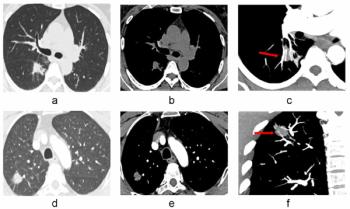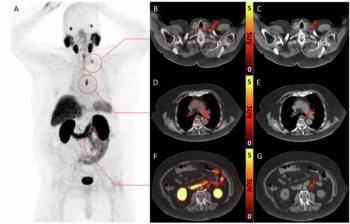
Image Quality Improves With Web-Based Reporting System
Web-based quality control system results in significantly fewer common image quality errors radiographs, CTs and MRIs.
Using a web-based reporting system can result in a significant drop in three of the most common image quality errors, according to a study published in the
Researchers from Massachusetts General Hospital in Boston undertook this study to show the impact of a web-based quality assurance reporting system compared with a paper index-card imaging reporting model. The index-card system was not considered to be efficient because although errors were noted on the cards, they were only picked up periodically to be reviewed by managers and technologists.
Study co-author Ambrose J. Huang, MD, from the Division of Abdominal Imaging and Intervention, developed a prototype web-based image quality assurance reporting system. The musculoskeletal imaging and intervention division began using the system in April 2009, assessing image quality endpoints immediately before deployment (period 1), approximately 18 months after deployment of a prototype reporting system (period 2), and approximately 12 months after deployment of a subsequent upgraded department-wide reporting system (period 3).
A total of 3,067 axillary shoulder radiographs were reviewed for correct orientation, along with 355 shoulder CT scans for correct reformatting of coronal and sagittal images, and 346 sacral MRI scans for correct acquisition plane of axial images.
The researchers found:
- Error rates of axillary shoulder radiograph orientation were 35.9 percent, 7.2 percent, and 10.0 percent, respectively, for the three review periods.
- Error rates of shoulder CT reformats were 9.8 percent, 2.7 percent, and 5.8 percent, respectively, for the three review periods.
- Error rates for sacral MRI axial sequences were 96.5 percent, 32.5 percent, and 3.4 percent, respectively, for the three review periods.
The improvements were sustained over time, the authors wrote, concluding that such a web-based system for reporting image quality errors may be effective for improving image quality.
Newsletter
Stay at the forefront of radiology with the Diagnostic Imaging newsletter, delivering the latest news, clinical insights, and imaging advancements for today’s radiologists.






























